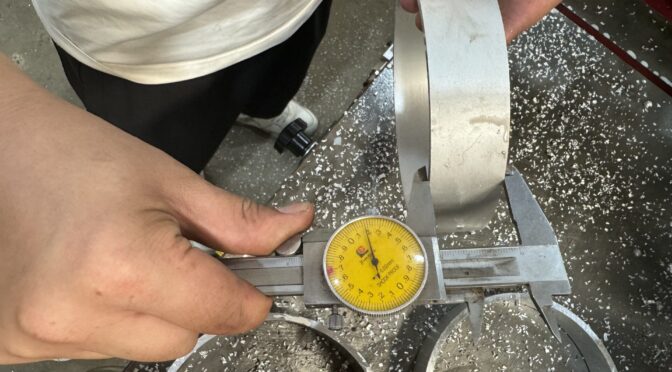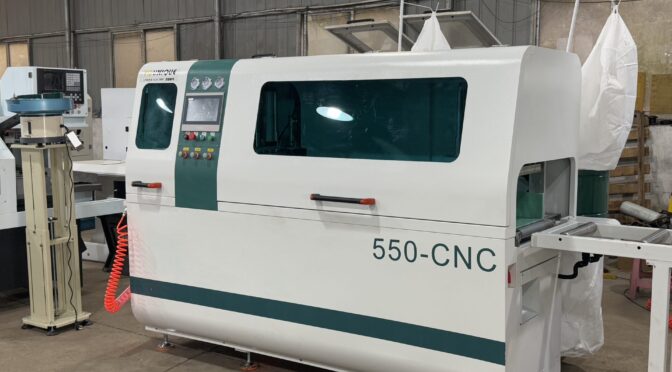Daily Maintenance Key Points (5 minutes)
1.Cleaning Work
After shutting down and disconnecting power, use a vacuum cleaner to remove aluminum chips from inside and outside the machine (focus on: guides, transmission components, motor cooling vents).
Use a soft-bristle brush to clean the accumulated chips inside the tool guard.
Wipe the control panel and machine body grease with a clean cloth.
2.Lubrication Check
Manually lubricate the guides and lead screws with specialized lubricating oil (ISO VG68 grade guide oil is recommended).
Check the oil level of the automatic lubrication system and refill immediately if it is below the scale line.
Observe whether there is any abnormal heating at each bearing location.
3.Key Inspection
Confirm that the emergency stop button functions normally.
Check the belt/chain tension (a depression of 5-10mm at the midpoint when pressed is optimal).
Visually inspect the saw blade for cracks or missing teeth (replace immediately if damage is found).
Weekly Maintenance Items (15 minutes)
1.Deep Cleaning
Remove the guards to clean the accumulated aluminum powder inside.
Clean the photoelectric sensor mirror with alcohol.
Empty and clean the dust collection box (clean when the weight of aluminum powder exceeds 2/3 of the container).
2.System Check
Test the smoothness of the coolant nozzle (the spray angle should be aimed at the cutting point).
Check for wear on cables and air hoses (pay special attention to cables in moving parts).
Tighten all exposed bolts (use a torque wrench to tighten according to standard values).
3.Function Test
Run all axes in no-load condition to listen for abnormal noises.
Calibrate the cutting angle indicator (professional calibration is needed if the error is >0.5°).
Record the machine vibration value (report for repair if you can feel significant vibration by touch).
Monthly Maintenance Focus (30 minutes)
1.Precision Component Maintenance
Change the spindle box lubricating oil (first change after 500 hours, then every 2000 hours).
Clean and reapply anti-rust grease to the guides.
Check the wear condition of the transmission gears (adjust if the gear clearance >0.1mm).
2.System Optimization
Calibrate the feed system accuracy (use a dial gauge for detection, adjust if the error >0.02mm).
Test the electrical system insulation resistance (合格 if >1MΩ).
Clean the control cabinet dust (use an anti-static vacuum cleaner).
3.Consumables Management
Collect tool wear data and establish a replacement prediction.
Check the hydraulic system oil quality (replace immediately if it turns black or emulsifies).
Update the equipment inspection form history records.
4.Maintenance Record
Establish a digital maintenance log (a QR code inspection system is recommended).
Keep maintenance records for at least 12 months.
Post common troubleshooting methods next to the machine.
Benefits of Standardized Maintenance Procedures
By implementing this standardized maintenance process, the aluminum cutting machine can be kept in optimal working condition, extending its service life by over 30% and reducing the rate of sudden failures by 60%. The key is to develop a regular maintenance habit and avoid the incorrect tendency of “emphasizing use over maintenance.”



